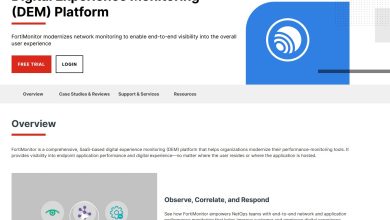
Contract management is the formality that takes place when two parties enter a contract with each other. Contract management processes must exist so that business arrangements remain sustainable. Businesses need to put together checklists so that all contract processes are correctly outlined and clearly documented.
6 Techniques for the Best Contract Management Possible
Contract management is essential for business planning because it allows organizations to learn from their past mistakes using post-evaluation meetings and documentation. Here are six crucial techniques to maximize your contract management process and continually make it better.
- Perform a Background Check. Before you enter a contract with anyone, it’s first necessary to perform a check of their legal background and background in general. This is important because it confirms the other party is suitable to enter the new contractual relationship. If it turns out that commitments do exist, be sure to check them over, then work out how it could impact on the new agreement.
- Gather Points of Contact. Set up a kick-off meeting so that everyone knows who has the final say with regards to decision making. Although having a senior manager or someone from the board of directors to attend every meeting is probably totally unnecessary, someone will need to be appointed to act on their behalf. Work out, if necessary, if any questions need to be answered by an approving officer.
- Work out the needs of the contract relationship, then use the contract management system to tailor these to the contract in question. As well as working out which documents might be needed, you will need to put together a scope statement, as well as the deliverables, processes, and review period. Also, make sure to gather everything you need from the other party to ensure the contract is complete and accurate as possible.
- Outline the Review Process. When going through review processes, if you experience bottlenecks, take action. It’s common for customers to demand a quicker schedule, so allow yourself enough time for discussion, review, drafting, and confirmation of deliverables. Agree on the review period length in the kick-off meeting. Make sure the other party is aware of revision deadlines and emphasize its importance in the context of processes and deadlines. Finally, make sure all agreements are in writing.
- Outline the Consequences of Delays. Firstly, time is money, so if a contract becomes delayed or simply falls apart in its entirety, clients need to be aware of the costs, including wasted staff-hours. Not to mention knock-on effects on budgets and projections as well. With this in mind, the scope statement within the contract should contain wording surrounding change requests. As well as an actual definition for the term, this should include information on how they are processed, how they affect timelines, and how much they will cost.
- Document and Evaluate. Once contracts have been signed, it is usual to just move on to the next project. However, evaluation and post-execution will still need to take place. This should include a meeting with other members of the team to analyze clauses, evaluate methods used, and work out pain points. If similar events happen in the future, this can be useful for saving time. In fact, a library of post-execution files can be put together in the contract management system for this purpose.
6 Key Takeaways to Ensure the Best Contract Management Possible
- Run a background check on the other party so you know they can legally enter the contract.
- Work out who’s responsible for the major decision making. Work out which questions need answering by an approving officer.
- Work out scope, documentation, processes, deliverables, and review period as well as key information needed from the other party.
- Ensure plenty of time to avoid bottlenecks, agree lengthy review periods beforehand, and hold parties responsible when they cause delays.
- Let clients know the consequences of delays on their behalf. Change requests can somewhat manage this.
- Evaluate and document the project in a meeting with all team members. Provide a library of information that can be included in the contract management system.
Visited 40 times, 1 visit(s) today




